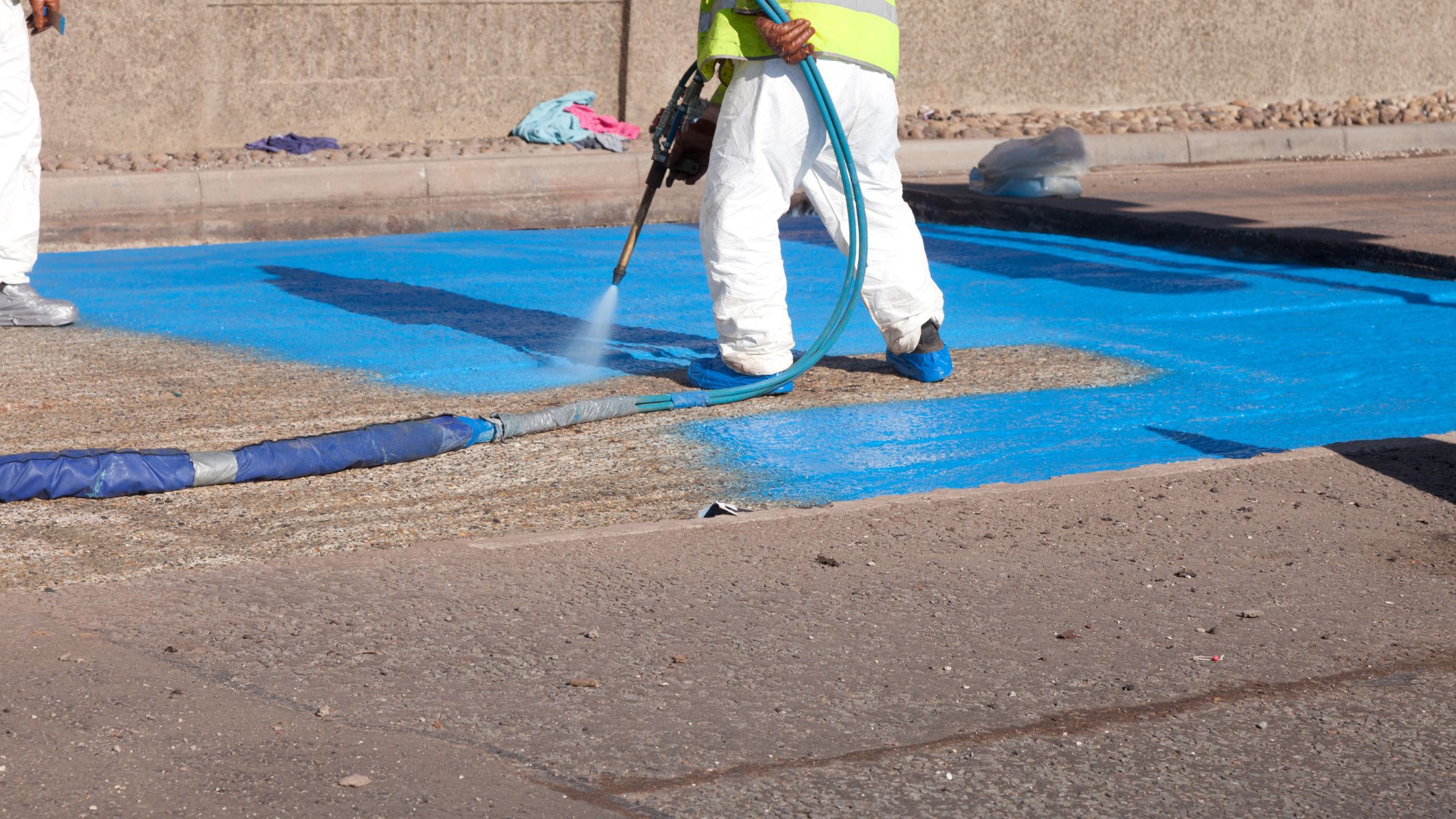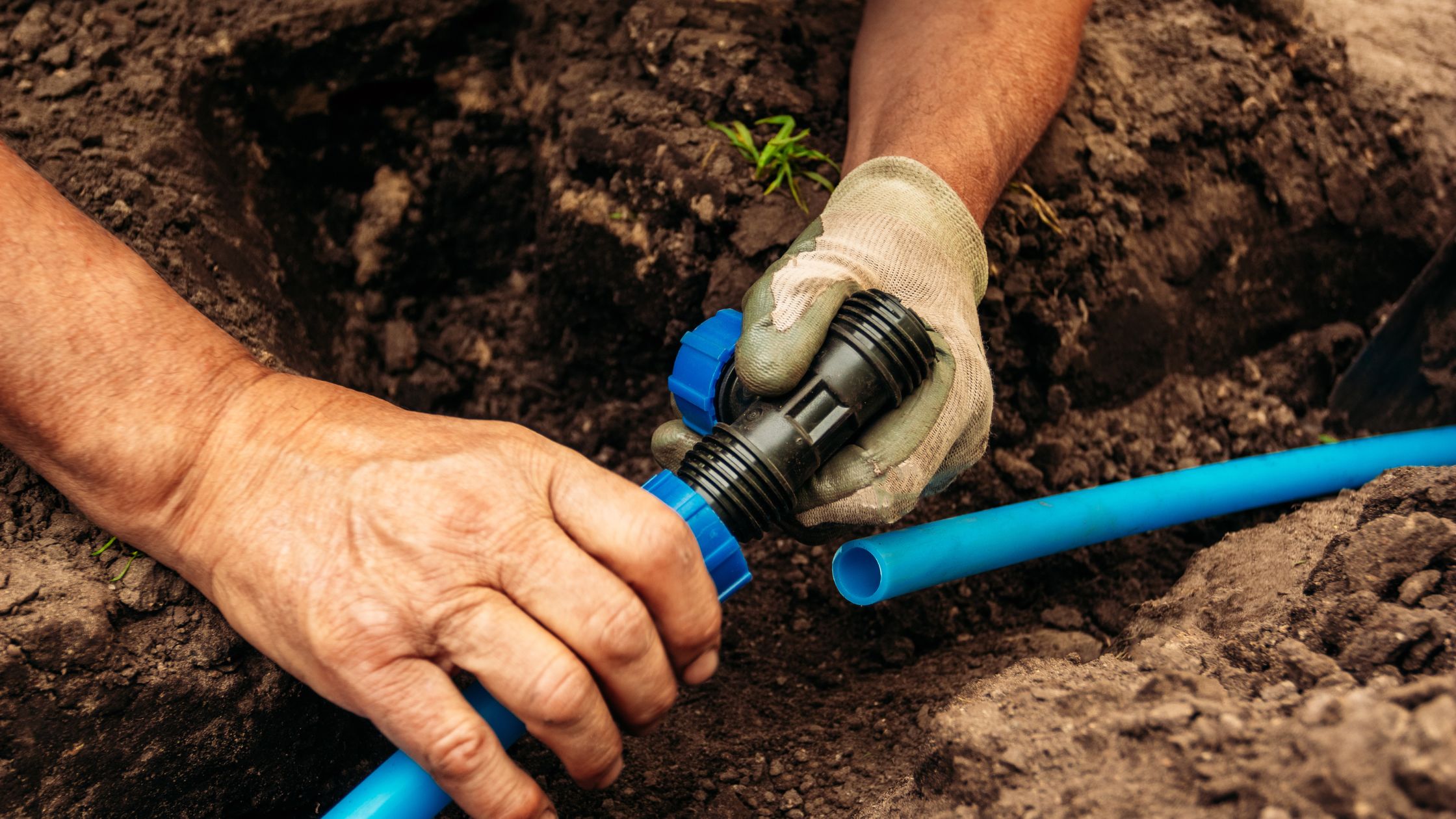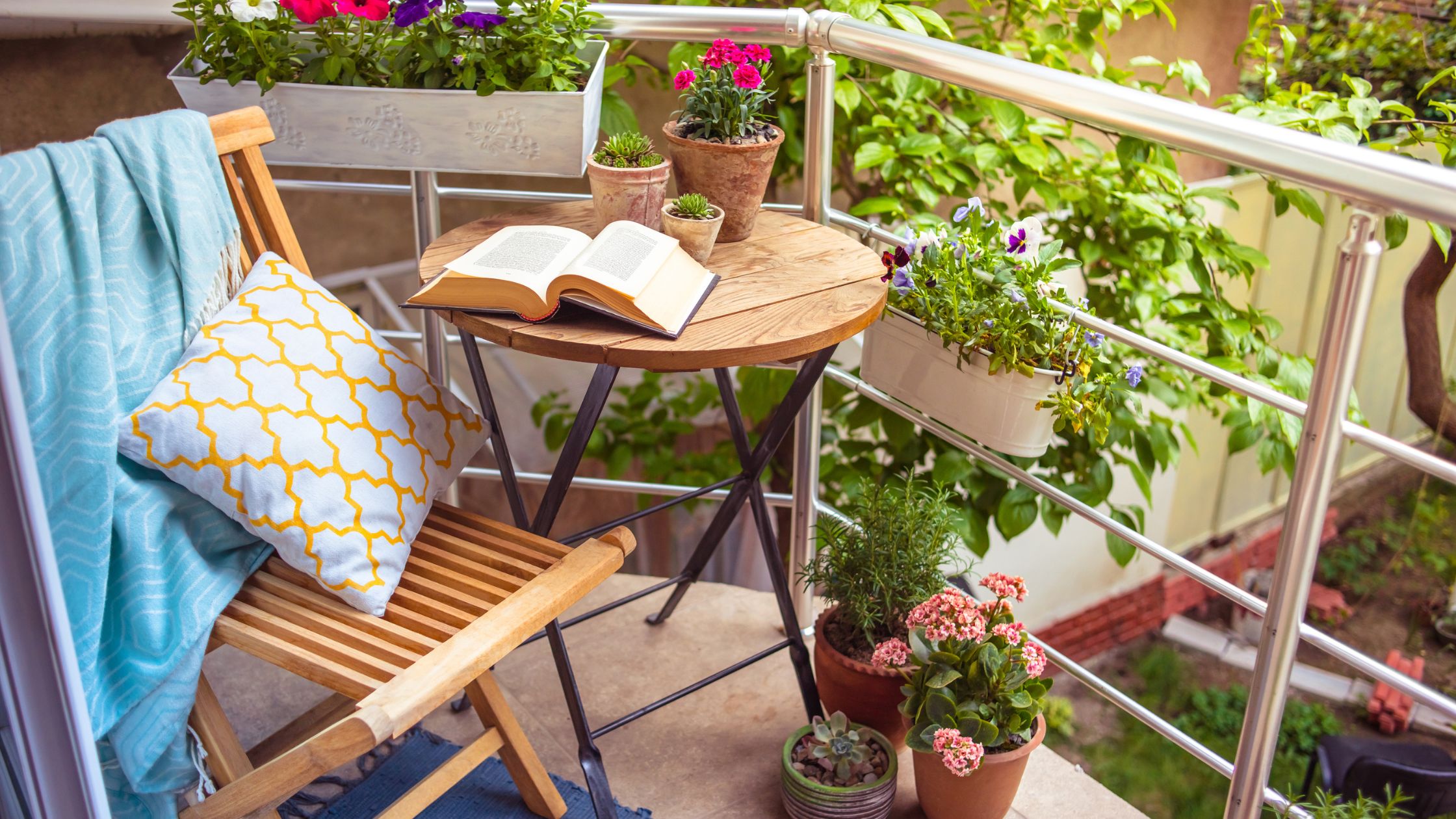If your property happens to be located in a crowded space or a hill it could be that you think that there’s no chance to create an area of your own personal use. Terrace gardens let you cultivate a variety of plants and vegetables, without the worry of all your efforts going to waste. If you are looking to build the most stunning terrace garden It is crucial to learn the construction of the terrace or garden.
A terrace garden can also serve other purposes on any kind of commercial or residential building or flat or slanting roof. By leveling out the area of tidying it up, you can create more outdoor living space.
The construction of a roof garden is possible using three different methods: One is to build an area for a container garden that is situated on a terrace, the second method is to build a large number of raised beds for growing plants that are permanent or constructed of concrete or wood. The third and final method is to create your entire roof or just a portion of it that is a planter’s ground, similar to an ordinary garden.
Steps To Build Your Terrace Garden

1. Waterproofing Layer
Roofs need to be waterproofed, long-lasting, and frost-resistant, especially when you’re planning to grow plants on it, regardless of whether the plants are growing in containers raised beds, or in the roofing itself. Roof waterproofing is a must and is the primary step in the construction of a terrace garden because it shields the roof from water leakage.
Waterproofing is applied to all the surfaces of the roof, including the areas where plants are to be planted.

2. Insulation Layer
The Insulation Layer (Protection Layer) can make the terrace garden immune to temperature fluctuations and moisture and offers it adequate mechanical strength. It is constructed mostly from XPS extruded polystyrene sheets and PIR panels, as well as polyurethane foam.
PIR panels work well for insulation on roof gardens since they come with special grooves as well as edges that are milled to allow rainwater to flow through drainage systems quickly.

3. Drainage Layer
The drainage layer that is on the garden’s roof is utilized to swiftly discharge rainwater that has collected in the plant life layer into the drain system and to store excess water.

4. Geotextile Layer
The geotextile fabric layer is used to differentiate the drainage layer from the plants that grow in the soil. It helps to prevent the accumulation of soil and other particles that block drains.
It also prevents the removal of water in the plant layer by moving the water.
Geotextiles should be waterproofed, vapor-permeable, chemically as well as biologically resistant as well as mechanically durable.

5. The Layer Of Vegetation
The vegetation layer refers to the growing medium (soil) and the area in which you’ll plant plants and other greenery. The medium for growing should have adequate air circulation, and it must be water-permeable. Soil preparation is performed in accordance with the plant you’re cultivating. Most plants require fertile and slightly acidic soil that is prepared by mixing gardening soil manure, humus, farm or compost, and organic matter.
The thickness of the growing medium will depend on the nature of the plants you’ll plant in it.
The Benefits Of Terrace Gardening:
- First, it reduces the amount of temperature inside by 6- 8 degrees and, consequently, it will lower the cost of air conditioning
- The ability to reduce the heat absorption capacity of buildings, and to insulate the building from both cold and heat
- The ability to consume healthy, pesticide-free greens and fresh fruits and vegetables
- This can lead to regular physical activity and health improvement through cleaner air and a closer connection with the natural world
- The increase in oxygen percentage in the air
- Sound pollution reduction
- Serving as a refuge for birds that are tired of city life
- The perfect place to exercise and breathe in the more fresh air each day.
The Cost Of Terrace Gardening
It is estimated to cost approximately Rs20,000. If you’re planning to plant a terrace garden, the costs will include the expenses for containers, seeds, saplings as well as the soil bed/manure. If one starts with a smaller investment each month and makes use of recycled containers, the cost will be lower. The returns are very beneficial when the whole process is considered to be a profitable investment. Following the initial usage of time and energy, it is possible to reap the benefits long-term from more air quality, the ideal location to exercise, improved health, and lower cost of air conditioners.
The tools required for terrace gardening are a Hand hoe, Rose can, Hand sprayer, Gardening hose with a sprinkler, Bamboo stakes and jute strings, pots and containers, Quality seeds, healthy soil, good organic manure, river sand, Agrochemicals (Nutrients, pesticides, fungicides), and other Organic inputs (Neem oil, Neem seed kernel extract, Panchakavya).
Vegetables that are suitable for terrace gardening include transplanted vegetables such as Tomatoes, Brinjal, and Chilli. Direct-sown crops like Okra Amaranthus Cucurbits (Bitter gourd Snake gourd Ridge gourd, and Bottle gourd), Radish, and Beetroot are suitable for cultivation. You can also cultivate perennial vegetables such as Drumstick, Curly leaf, Culinary banana, Chekkurmanis, and Agathi. The other plants that can be grown for the roof garden are Turmeric, Coriander, and Fenugreek.
Interesting Fact About Terrace Gardening
Terrace gardens can provide excellent insulation for buildings and help to retain warmth during colder seasons and help maintain cool temperatures during times in hot weather. If you install energy saving windows on the rooftop where you are planning for gardening. Energy-saving windows make your space more comfortable.
- Restores peace and calm in your home
- You’re warmer in winter and cooler in summer
- Lowers your energy bills
- Minimizes noise
- Reduces condensation and mold
In the end, air cooling systems are replaced as their job is carried out more naturally by Terrace gardens.
Research conducted in Germany has revealed that 2 liters of oil could be saved for every square meter of the living room every year. In addition, there is a savings of 3-10% in winter on fuel costs in homes and homes with gardens on the roof. Because of this, they help conserve energy and save money.
Conclusion
Terrace gardening isn’t only an enjoyable pastime, but it also benefits as a physical workout as well as more efficient use of time, space, the environment, the recycling of household waste, and so on. The terrace garden can be efficient in reducing the heat on the roof. In reality, there is no requirement for a farming background to begin the roof garden once the garden is in place. A single hour is sufficient to maintain the garden and create the environment.

